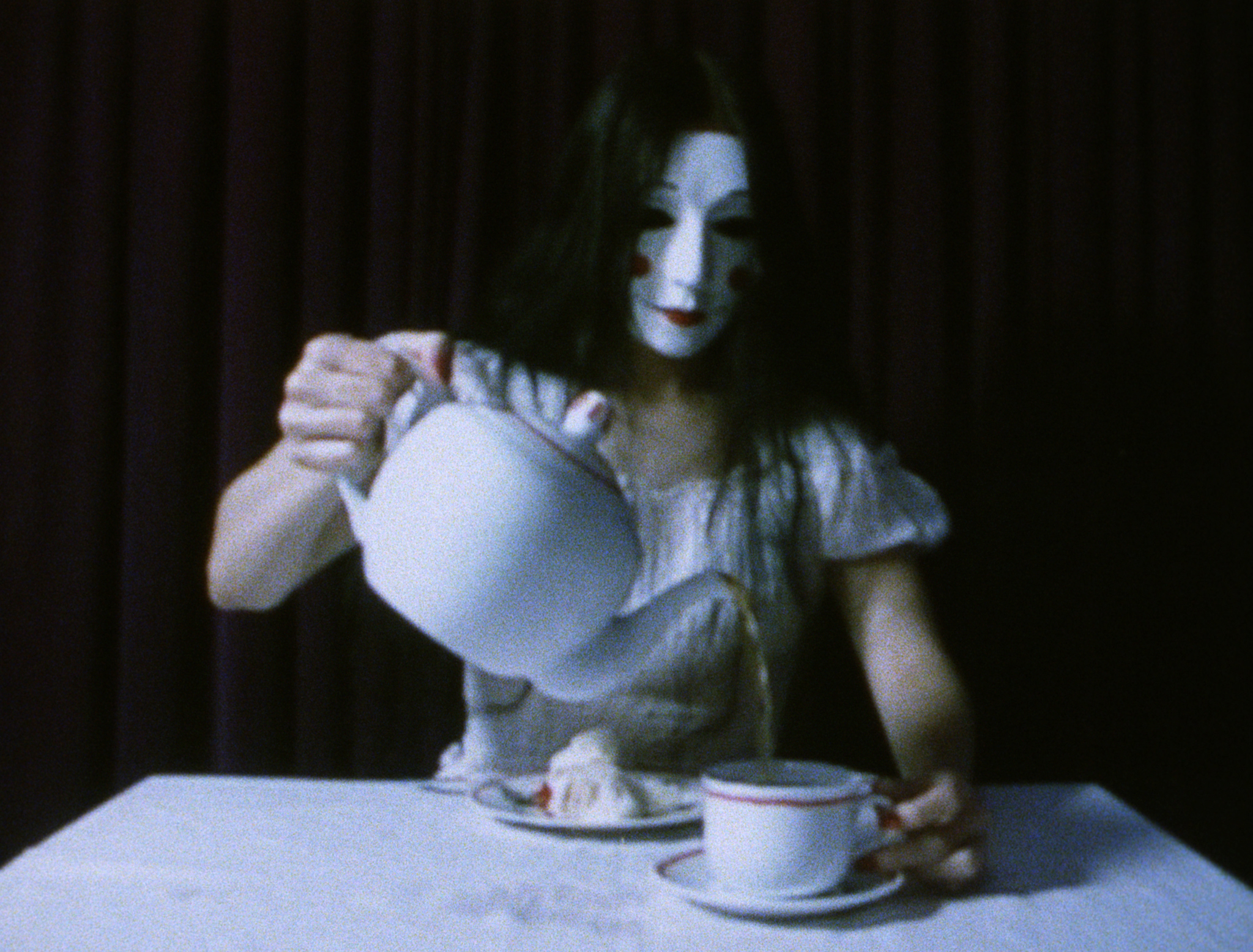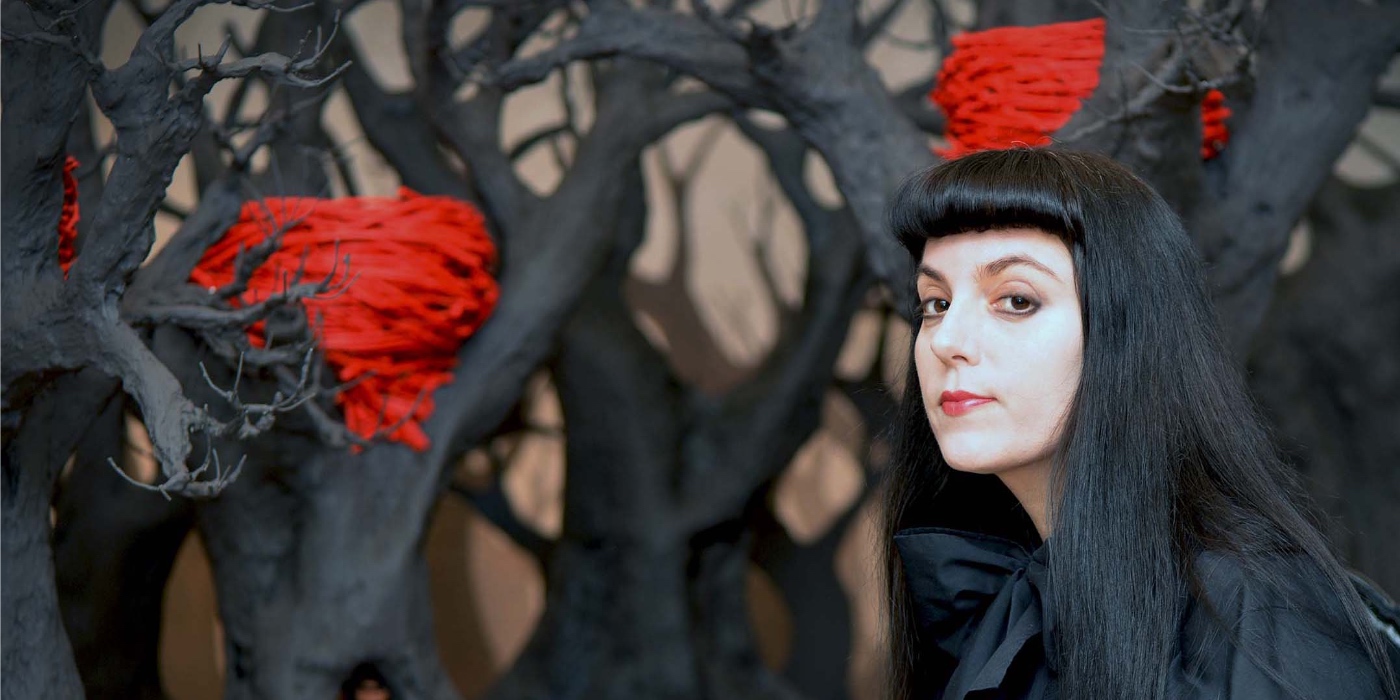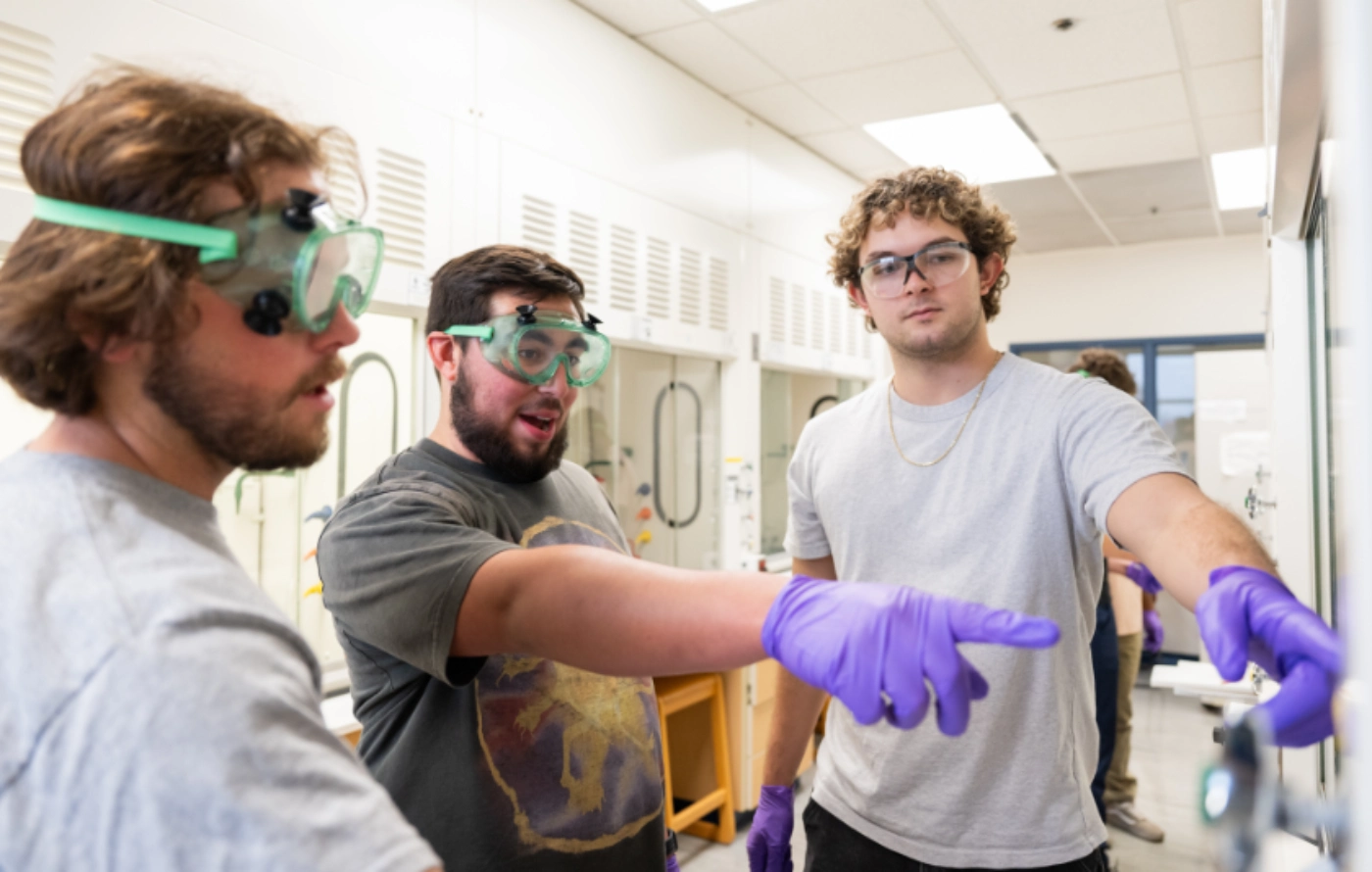Halloween is a fitting time of year for animator Christiane Cegavske, whose 2006 stop-motion animated film “Blood Tea and Red String” was recently screened around the globe and included in a Blu-ray box set, All The Haunts Be Ours: A Compendium Of Folk Horror Vol. 2 and in the compendium, I Spit On Your Celluloid: The History of Women Directing Horror Movies.
Cegavske joined Willamette University’s Pacific Northwest College of Art this fall as an Associate Professor teaching courses in stop-motion animation and narrative development. As a painter, sculptor, Guggenheim Fellow, and internationally acclaimed film director, Cegavske brings an expansive set of skills to her work in the PNCA classroom. She also draws from her extensive experience working for television and film where her work has been seen on the Oxygen Network, Disney Channel, VH1, NBC, and more.

Cegavske understands the power of film to provoke and engage an audience. When speaking of her vision for “Blood Tea and Red String,” she said she “wanted people to feel uncomfortable. I’m trying to engineer a response from the audience in a way that won’t necessarily please them. I made no compromises in terms of trying to make it palatable for audiences,” she said. “I followed my intuition and inspiration.”
Cegavske encourages her students to bring that same kind of authenticity to their work. “I enjoy shepherding students through the process of creating their own narratives and digging a little deeper. I encourage them to not play it safe and easy. I say: let’s make something you’re really excited to stay up late to work on.”
Cegavske is currently in the final push of her second stop-motion animated feature film “Seed in the Sand,” which she started in 2011. Like “Blood Tea and Red String,” the level of detail involved in the creative process is labor-intensive but notes, “a lot of artistic growth happens over the course of one project.”
“In my lifetime I may not create a lot of films,” Cegavske said. “But I delight in the marvelous discoveries that happen in the process of realizing my vision.”



